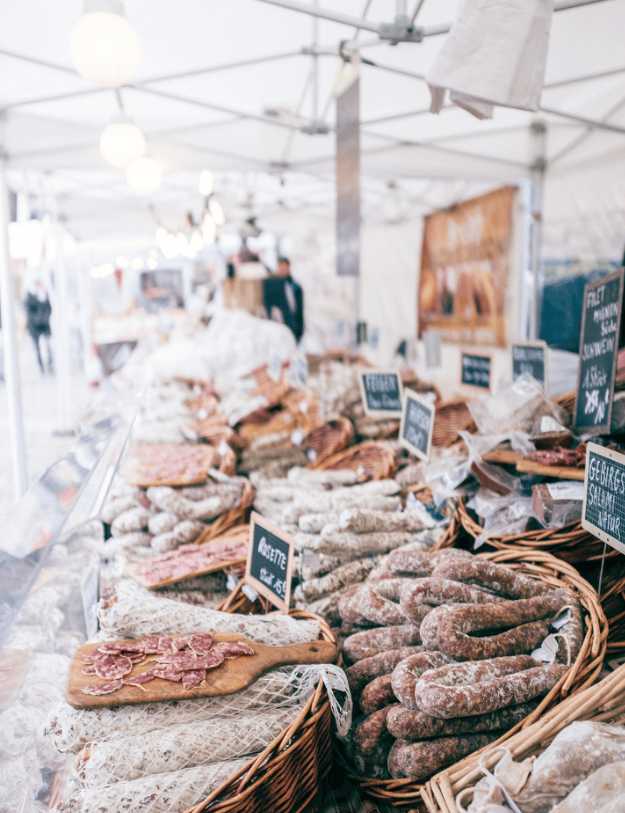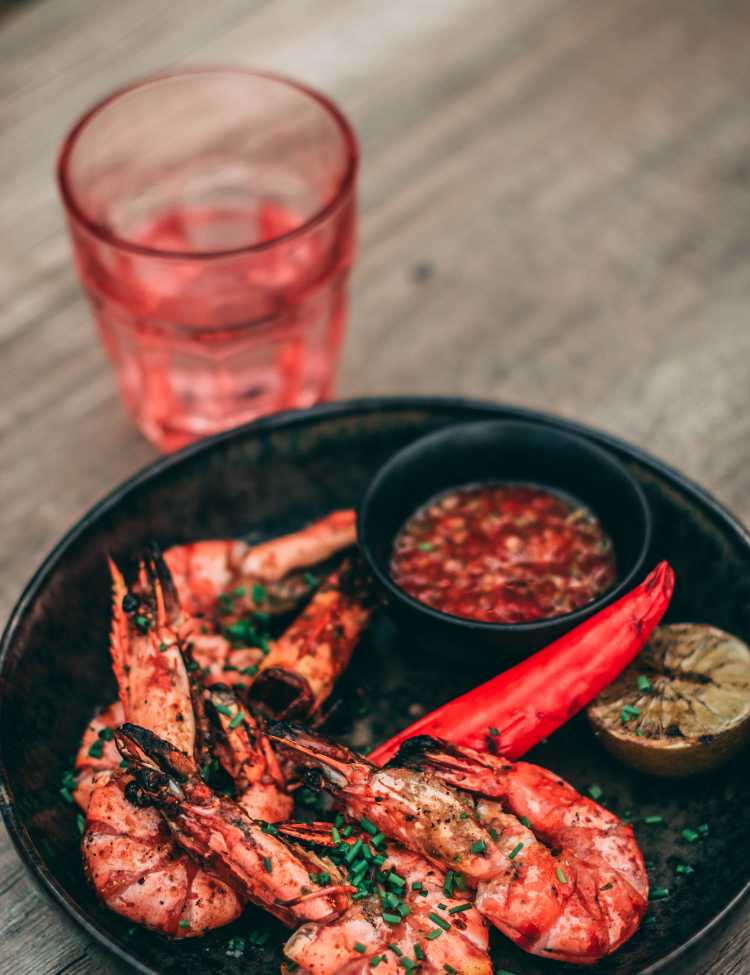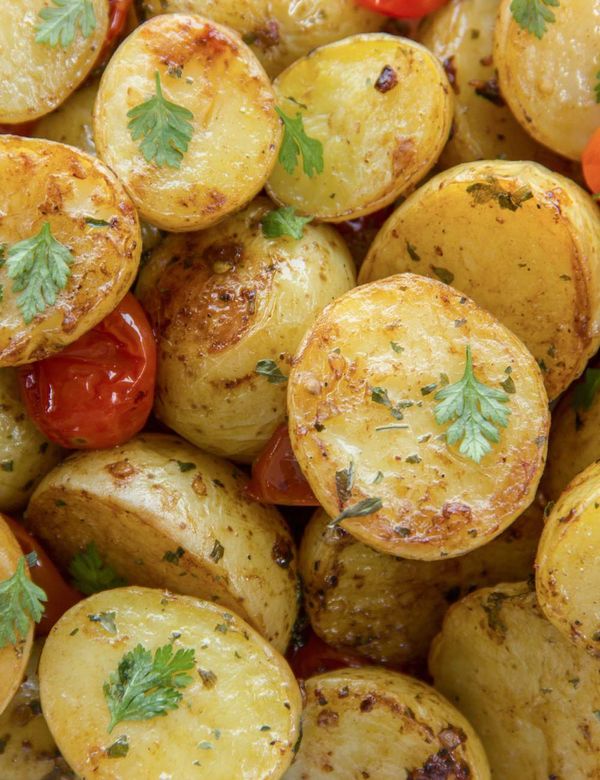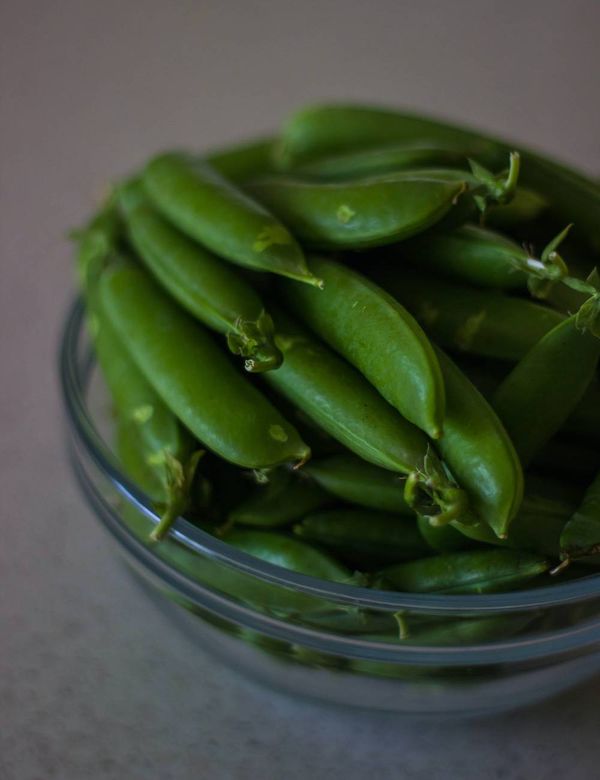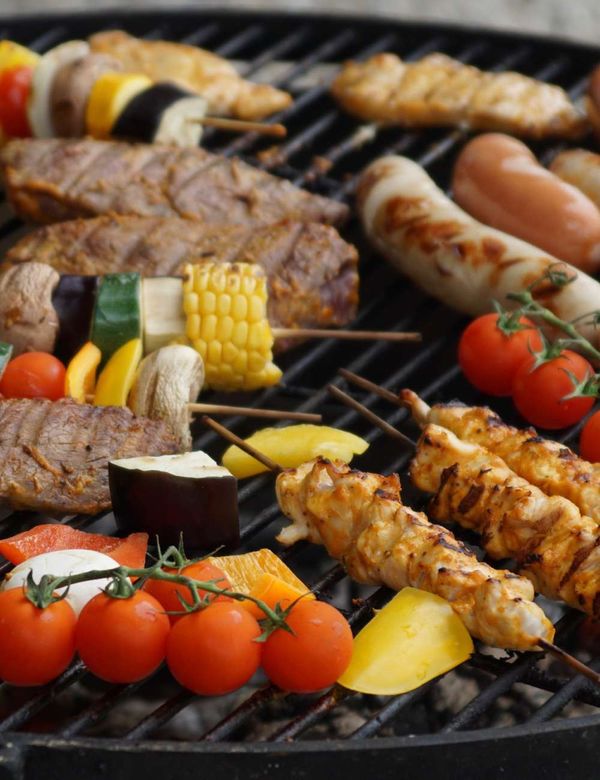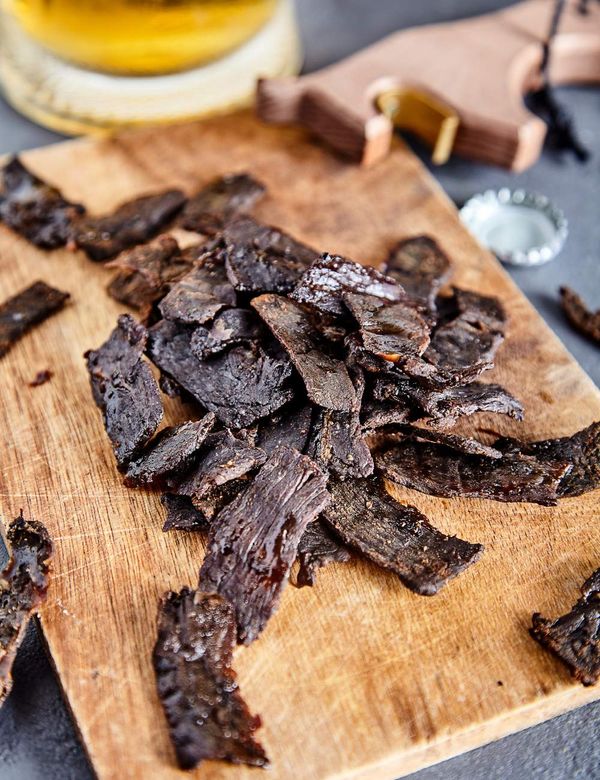Get ready to tantalize your taste buds and get savory with the perfect smoked meats!
We've done all the dirty work for you.
No more endless searching online, we've got all the tools you need here in one place so you can make delicious barbeque every time.
Whether it’s pork ribs, beef brisket or something else entirely, we'll show you the secrets behind making that succulent smoky flavor like a pro.
Plus, after every cook out there'll be plenty of mouth-watering leftovers just waiting to be enjoyed by family and friends.
Are you ready to become a master at smoking meats?
You don’t even have to leave home - pick up your perfect smoker today and start whipping up delectable meals right away!
Forget prepackaged store bought food when dinner is so much tastier when it comes from your own kitchen.
So let’s put on our aprons and fire up that grill!
Check out our article's great cooking tips to help you perfect your favorite smoking recipes.
And don't forget to pick up your very own smoker today and start cooking tasty dinners right away.
Key Points
•Choose the right cut of meat for smoking, such as brisket, pork shoulder, or ribs.
•Prepare the meat to be smoked by trimming off any excess fat and applying your favorite dry rub or marinade.
• Maintaining a consistent temperature in your smoker throughout the cooking process is very important, typically keep it between 200-250°F.
•Let the meat rest at room temperature for at least 10-15 minutes before slicing and serving, this will allow for the juices to redistribute throughout your smoked delicacy!
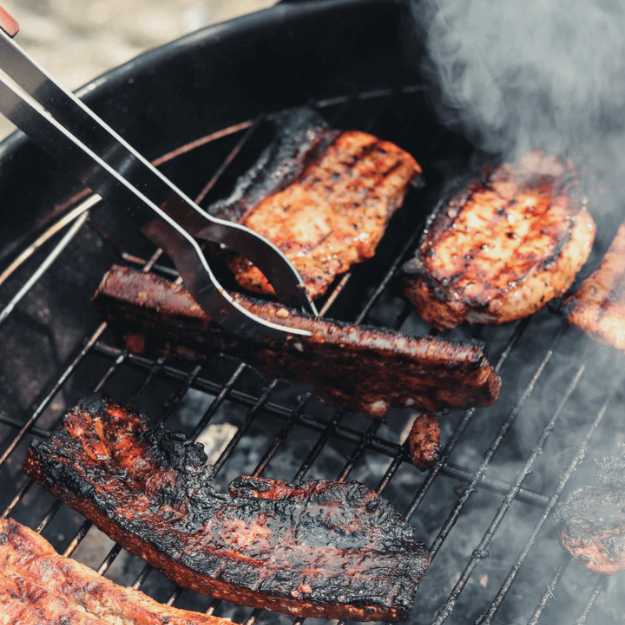
Choosing the Right Meat for Smoking
Choosing the right meat for smoking is an essential part of achieving the perfect smoked dish.
The best meats for smoking are typically those with a high fat content and connective tissue, as these elements contribute to a succulent and flavorful end product.
Pork shoulder, chuck roast, beef brisket, and ribs are popular choices due to their marbling and toughness, which smoking can tenderize over time.
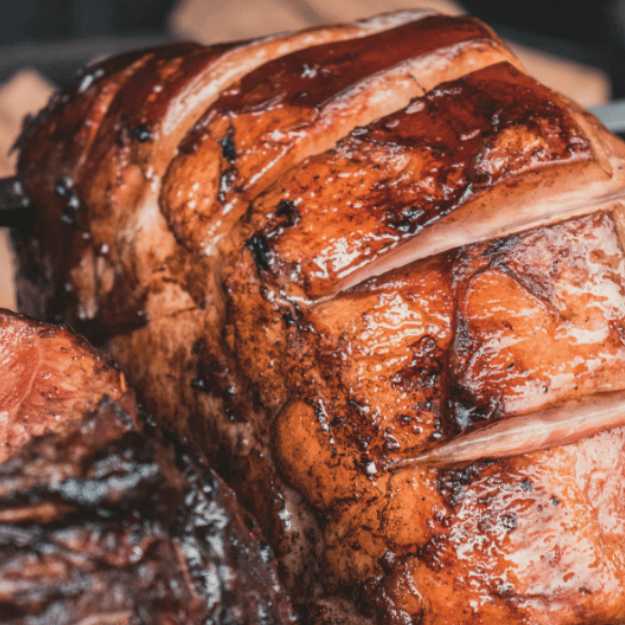
However, poultry and fish can also be smoked effectively if managed correctly.
It's important to consider the size and cut of the meat too, as this will impact cooking times and the depth of flavor infusion!
Remember, the aim of smoking is not just to cook, but to infuse the meat with a distinctive smoky flavor, so your choice of meat will significantly influence the outcome.
Creating the Perfect Dry Rub or Marinade
Creating the perfect dry rub or marinade starts with understanding the flavors you want to bring out in your chosen cut of meat.
Dry rubs, which are mixtures of dried herbs and spices, work best for meats that will be smoked or grilled, as they create a tantalizing crust and infuse deep flavors.
Consider ingredients like brown sugar, paprika, cumin, and chili powder for a balance of sweet, smoky, and spicy.
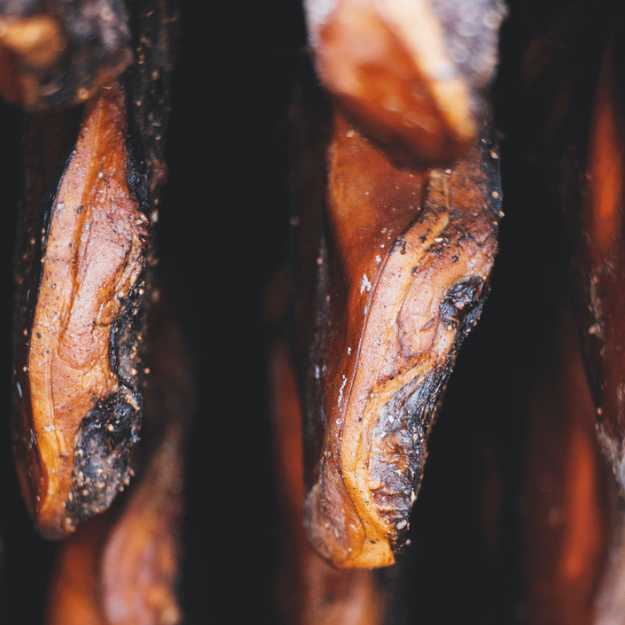
On the other hand, marinades, which typically include an acid (like vinegar or citrus juice), oil, and seasonings, are ideal for tenderizing tougher cuts and adding moisture.
For a well-rounded marinade, incorporate elements of sweetness, acidity, and umami—think soy sauce, bbq sauce, honey, garlic, and lime.
Whether you're making a dry rub or marinade, don't be afraid to experiment with different blends of ingredients until you find your perfect flavor profile!
Selecting the Best Wood for Smoking Meat
Selecting the best wood for smoking meat is as important as choosing the right cut.
Different types of wood impart distinct flavors, so your choice should complement the meat you're smoking.
Hardwoods like hickory, oak, and mesquite are popular for their strong, smoky flavors that pair well with beef and pork.
Hickory has a sweet, savory flavor, while oak offers a subtle, versatile smoke, and mesquite has an intense, earthy flavor.
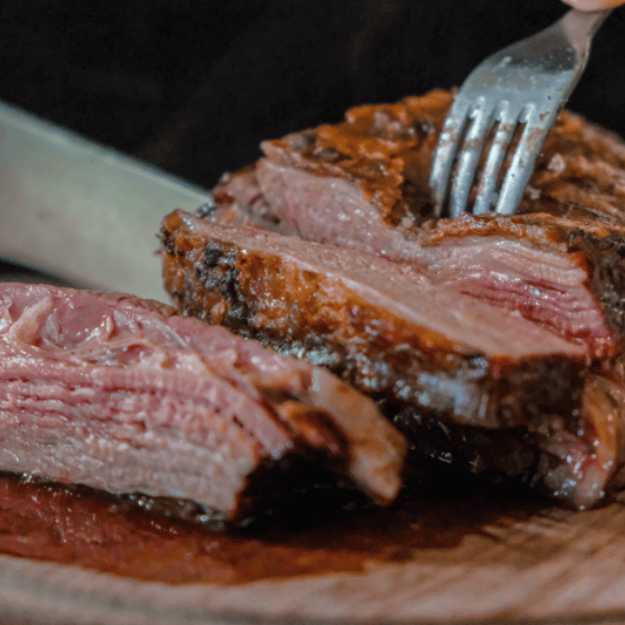
Fruitwoods like apple, cherry, or peach provide milder, sweeter flavors, making them suitable for poultry and fish.
It's essential to remember that wood for smoking should be dry but not old or rotten, as this can influence the flavor.
Mixing different woods can also create unique flavor profiles, giving you endless opportunities for experimentation.
Hot Smoking versus Cold Smoking: Which Method Works Best?
Hot smoking and cold smoking are two different methods of smoking meat, each with its unique characteristics and advantages.
Hot smoking involves cooking the meat at temperatures typically between 225-250 degrees Fahrenheit, which both smokes and cooks the meat simultaneously.
This method is ideal for larger and tougher cuts like smoked beef ribs, brisket, or pork shoulder, as it tenderizes the meat while infusing it with smoky flavor.
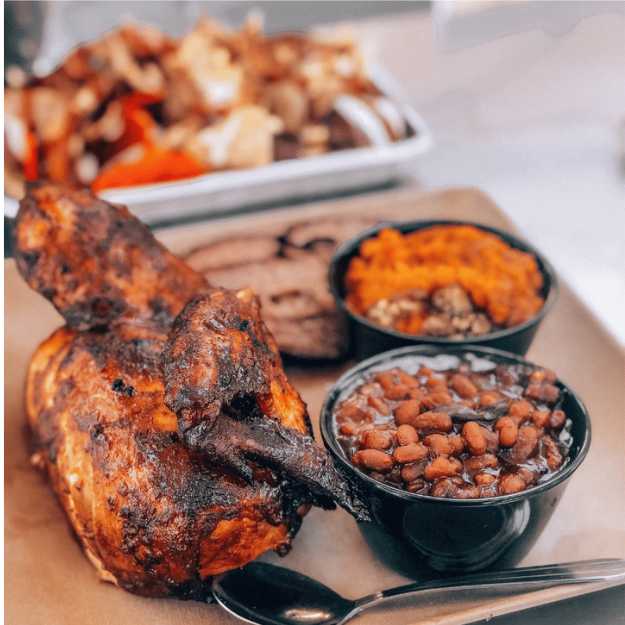
On the other hand, cold smoking is a process where the meat is smoked at lower temperatures, usually below 100 degrees Fahrenheit, over a much longer period.
It doesn't cook the meat but imparts an intense smoky flavor. Cold smoking is best for foods like cheese, fish, and sausages.
The choice between hot and cold smoking ultimately depends on the type of food you're working with and the desired flavor and texture outcome.
Maintaining Temperature Control for Perfectly Smoked Meat
Maintaining temperature control is a crucial aspect of smoking meat to perfection.
Consistent, low heat over an extended period is the key to achieving tender, flavorful smoked meat.
Most meats are smoked at temperatures between 225-250 degrees Fahrenheit.
To maintain this, monitor your smoker's temperature frequently with a reliable thermometer.
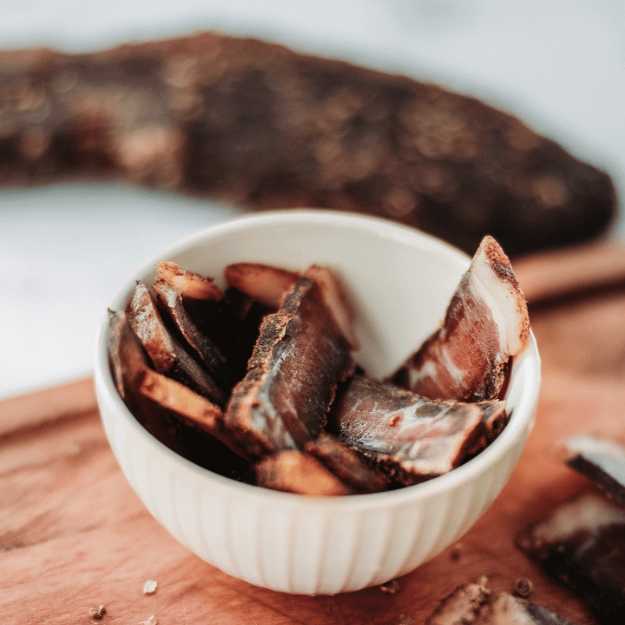
If the heat starts to drop, adding more charcoal or adjusting the vents can help bring it back up.
If it gets too hot, reduce the amount of fuel or open the vents for more airflow.
Remember, opening the smoker's door frequently can cause heat loss, so resist the temptation to check the meat too often.
Patience and attention to detail in maintaining the right temperature will ensure your smoked meat comes out just right.
The Benefits of Brining Before Smoking Meat
Brining before smoking meat offers several benefits that can enhance the final product.
A brine is a solution of water and salt, often with added sweeteners or flavorings, in which meat is soaked before cooking.
The primary benefit of brining is moisture retention.
The brine solution permeates the meat, helping it retain water during the smoking process, resulting in juicier, more succulent meat.
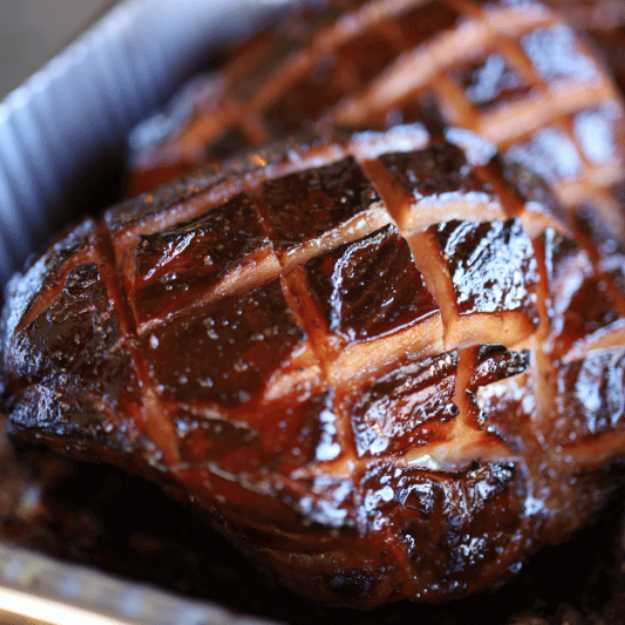
Additionally, the salt in the brine can break down tough protein structures, making the meat tenderer.
Brining also provides an opportunity to infuse additional flavors into the meat, as herbs, spices, or aromatics added to the brine will be absorbed along with the saltwater solution.
Therefore, brining can significantly enhance the texture, juiciness, and flavor of smoked meats.
Expert Tips for Achieving Tender and Juicy Smoked Meat
Achieving tender and juicy smoked meat is an art that requires a balance of time, temperature, and technique.
First, consider using a marinade or brine to tenderize the meat and infuse it with flavor.
Both methods can help the meat retain moisture during the smoking process.
Second, maintain a consistent low temperature during smoking - typically between 225-250 degrees Fahrenheit.
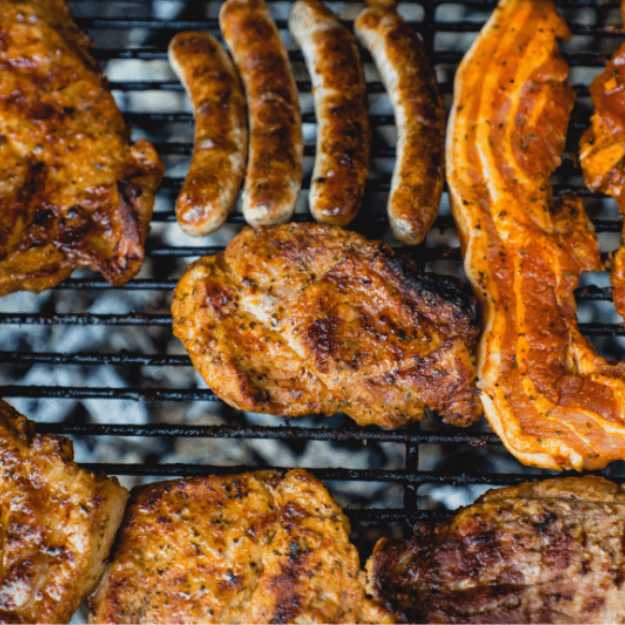
This slow and steady approach allows the collagen in the meat to break down without drying it out.
Third, don't rush the process; give the meat the time it needs to absorb the smoky flavors fully.
Patience is key in smoking.
Fourth, consider wrapping the meat in foil during the final stages of smoking.
This method, known as the Texas Crutch, can help prevent the meat from drying out.
Lastly, let the meat rest for at least 15-20 minutes after smoking.
This allows the juices to redistribute throughout the meat, resulting in more tender meat and an extra flavorful bite.
Creative Serving Ideas for Your Smoked Meat Recipes
Smoked meats are incredibly versatile and can be incorporated into a variety of creative serving ideas.
For a casual gathering, consider creating a smoked meat sandwich bar with an assortment of breads, condiments, and pickles.
Guests can build their sandwiches with your perfectly smoked beef brisket or pulled pork/smoked pork loin.
Another idea is to chop smoked chicken thighs or smoked turkey and add it to a hearty salad with mixed greens, seasonal fruits, nuts, and a tangy vinaigrette.
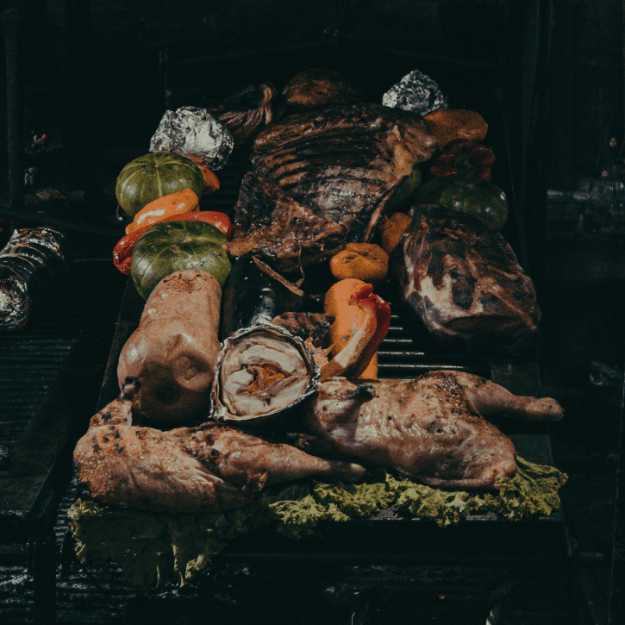
Smoked meats also work wonderfully in ethnic cuisines; you could use smoked pork belly in traditional Mexican tacos or smoked duck in an Asian-inspired stir-fry.
For an elegant dinner, serve slices of smoked prime rib roast with roasted vegetables and a rich, red wine reduction.
Lastly, don't forget about breakfast!
Smoked salmon is a classic addition to bagels and cream cheese, and smoked sausage can elevate a simple frittata.
With smoked meats, the possibilities are endless.
Healthier Options: Smoked Meat Recipes with a Twist
Smoked meat recipes can be given a healthier twist without sacrificing flavor or satisfaction.
For starters, opt for leaner cuts of meat like chicken breast, turkey, or fish like salmon.
These choices are high in protein and low in saturated fat.
You can also experiment with plant-based proteins like tofu or tempeh, which absorb smoke flavor beautifully.
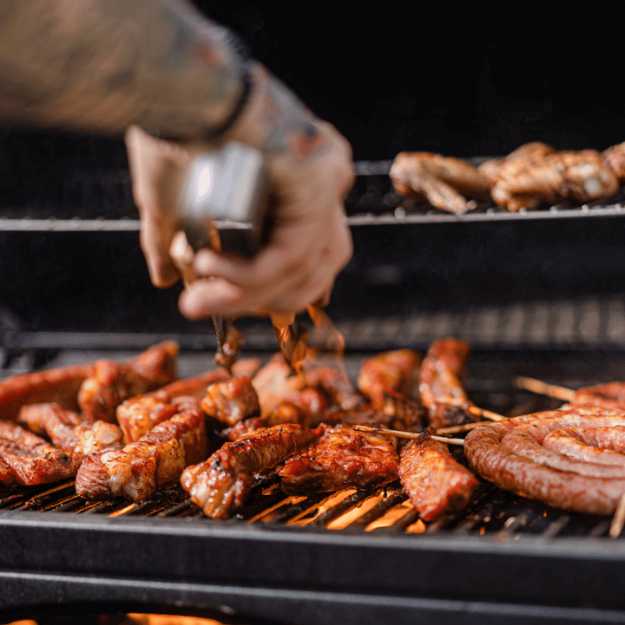
When creating your marinade or rub, replace processed sugars with natural sweeteners like honey or maple syrup, and load up on herbs and spices for flavor.
Instead of traditional sides like macaroni and cheese or potato salad, serve your smoked meats with vibrant, nutrient-dense sides such as grilled vegetables, quinoa salads, or roasted sweet potatoes.
Finally, consider portion control.
Smoked meats are rich and flavorful, so a little can go a long way.
By making these simple tweaks, you can enjoy the delicious flavors of smoked meat in a more health-conscious way.
Regional Flavors: Exploring Unique Smoked Meat Recipes from Around the World
Embarking on a culinary journey around the world, one cannot overlook the allure of regional smoked meat recipes - each unique and steeped in local tradition.
In America's deep South, you'll find mouth-watering barbecued ribs smoked over hickory or mesquite, while Jamaican jerk chicken wings entrust its spicy, smoky flavor to allspice wood.
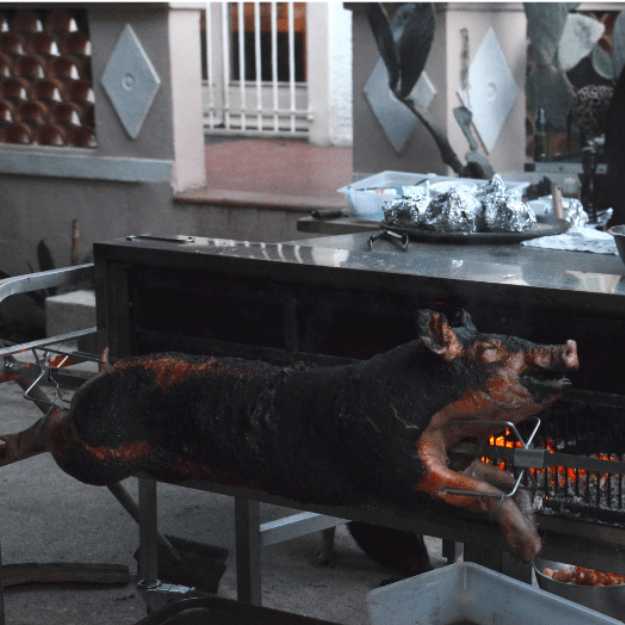
Crossing the Atlantic to Europe, Spanish chorizo gets its distinctive smoky taste from pimentón, a type of smoked paprika.
In Asia, Chinese lapsang souchong tea-smoked duck is a delicacy, with a flavor profile that's aromatic, slightly sweet, and unmistakably smoky.
These are just a few examples of how different cultures harness the power of smoke to create flavorful meat dishes, offering a delicious exploration of global culinary traditions.
Best Smoked Meat Recipes: FAQ Section!
Trying to make the perfect smoked meats can be tricky business.
It's hard to know what temperature the smoker needs to be at, not to mention how long you need to smoke a certain type of meat.
Times like these can sometimes feel overwhelming, especially if you have no one to ask for advice!
Are you wondering what types of cooking methods are best suited for smoking?
We've got your answers here!
Our FAQ section on the Best Smoker Recipes has all the information you need about the methods of cooking and more.
So take a look, get your questions answered, and start cooking up some delicious smoked meat today!
What's the best type of meat to smoke?
When it comes to smoking meat, the best type of meat to smoke depends on your taste preference.
Generally speaking, beef and pork are two of the most popular choices for smoked meats.
Beef brisket, ribs, and shoulder are all delicious options when properly prepared and cooked.
Smoked pork loin is also a great choice for smoking due to its high fat content which makes it incredibly juicy after being slow-cooked in a smoker.
What's the difference between hot smoking and cold smoking?
Hot smoking and cold smoking are two different ways of preparing food by using heat or smoke.
Hot smoking typically uses temperatures above 300°F (150°C), while cold smoking usually occurs between 70-90°F (20-30°C).
What's the ideal temperature for smoking meat?
The ideal temperature to smoke meat is between 225-275°F (107-135°C).
If you aim for the lower end of the range, your smoked meat will come out with a softer, juicier texture.
On the other hand, higher temperatures will result in a firmer texture and quite possibly may overcook your meat.
How long does it take to smoke meat?
The time it takes to smoke meat will largely depend on the type of meat you are smoking, the temperature that you are using to cook it, and the texture and consistency desired.
Generally speaking, most meats can be smoked at 225°F (107°C) for around 2-4 hours per pound of uncooked weight.
For large cuts such as brisket or pork shoulder, this process can take 8-10 hours or more depending on size.
How do I prevent my smoked meat from drying out?
The best way to prevent your smoked meat from drying out is to keep it moist while it cooks.
One of the most important things you can do is to use a digital thermometer and make sure that your meat does not exceed the recommended internal temperature for the type of meat you are cooking.
What type of wood should I use to smoke meat?
Smoking meats is a great way to add flavor and richness to any dish.
The type of wood you use for smoking can have a major impact on the final flavor of the meat.
The most popular woods used for smoking grilled meats are oak, hickory, mesquite, applewood, cherrywood, pecan and maple.
Should I use a dry rub or a marinade?
It really depends on what type of meat you are using and your desired outcome.
Generally speaking, dry rubs are better for steaks, chops, and any other type of meat that you want to have a simple seasoning on top.
Dry rubs will give the meats a good depth of flavor with just the right amount of spice.
Marinades, however, can provide an extra layer of flavor to any kind of meat like poultry, pork or beef.
What's the best way to monitor the internal temperature of the meat?
The best way to monitor the internal temperature of the meat is to use a digital thermometer.
Digital thermometers are easy and convenient to use, and they can quickly and accurately measure temperatures in both Fahrenheit and Celsius.
They typically have two probes which can be inserted into different parts of the meat—one in the thickest part, near the bone, and one in a thinner area—which helps you get an accurate reading.
Can I smoke meat in a regular oven?
Although it is possible to smoke meat in a regular oven, it will not produce the same flavor and texture that true smoking or barbecuing can.
Traditional smoking requires precise temperatures and ventilation control, which a standard oven does not have.
How do I store leftover smoked meat?
To store leftover smoked meat effectively, it is important to ensure that the temperature for storage and reheating is as consistent as possible.
For short-term storage, wrap your smoked meat in foil or plastic wrap and refrigerate it immediately after cooking.
When stored in airtight containers or Zip-Lock bags, cooked smoked meats can last for up to five days in the refrigerator.
The Best Smoked Meat Recipes
Congratulations on making it through this informative article about The Best Smoked Meat Recipes!
You now know what products to look out for and have a better chance of masterfully grilling and smoking your selected meats.
So, what are you waiting for?
Go out, pick the right product, find some amazing smoker recipes, and let's get cooking!
Thanks for reading and be sure to do more research if necessary.
Remember, safe and happy grilling is always key.
Also, don't forget to check out our other related articles and subscribe to stay up-to-date with our most recent posts.
Thank you again for spending time with us today and we hope that you have enjoyed it.
Until next time, happy grilling!

